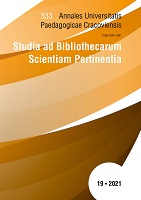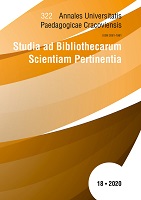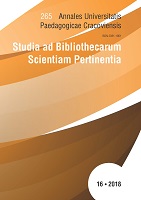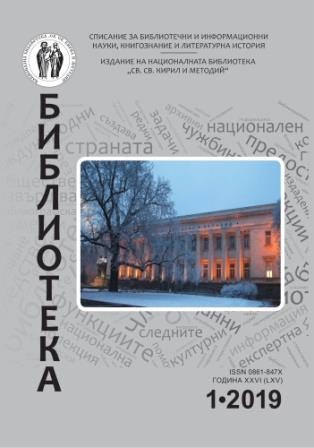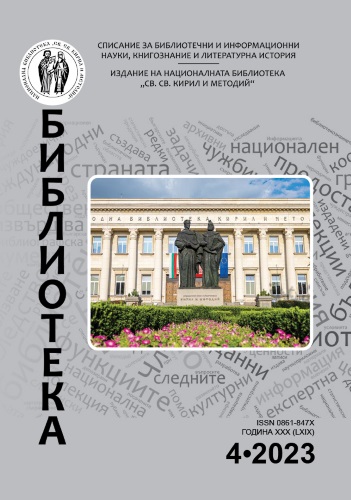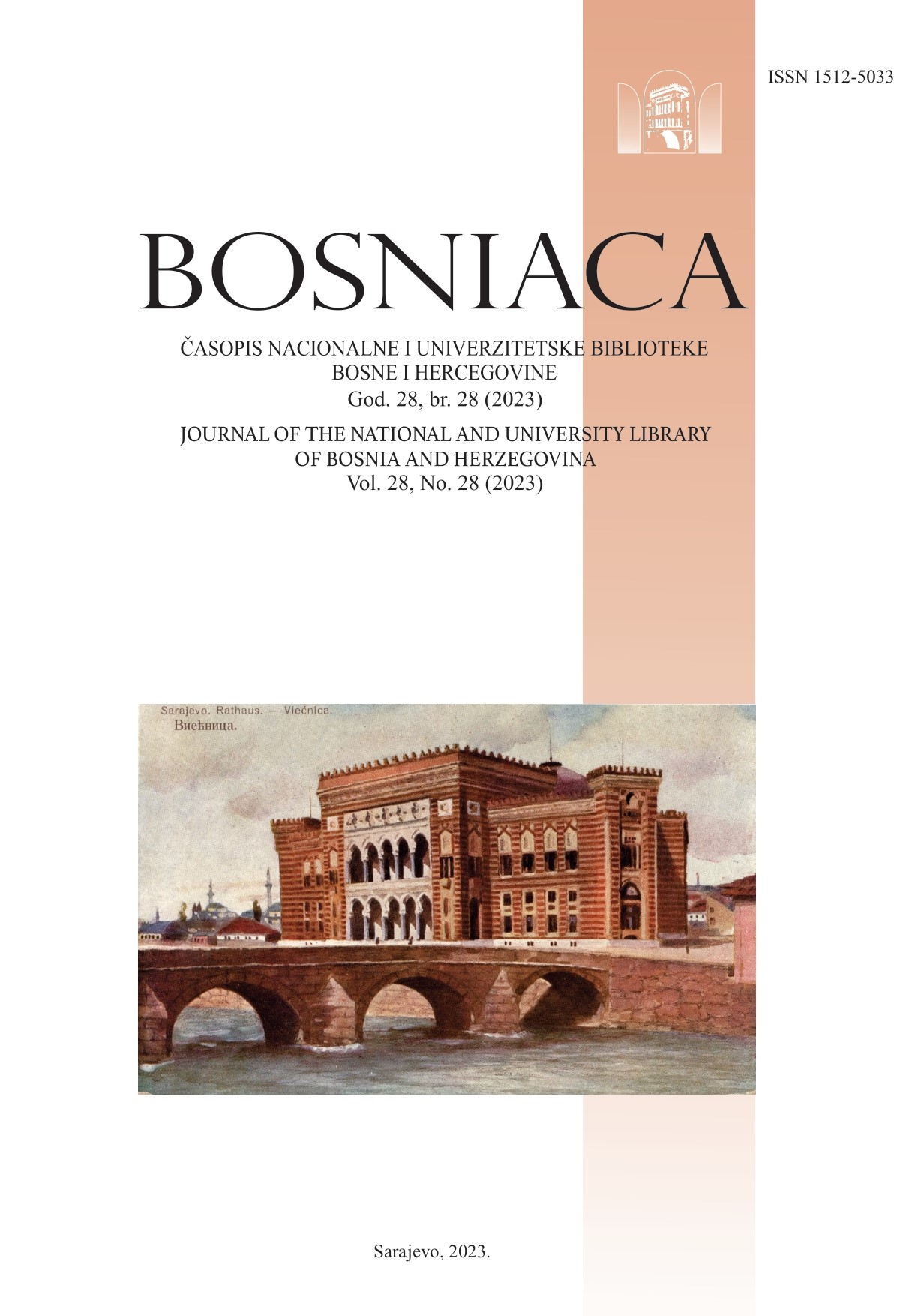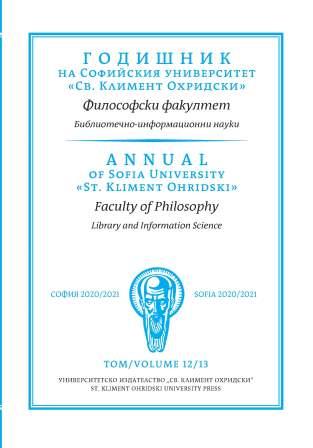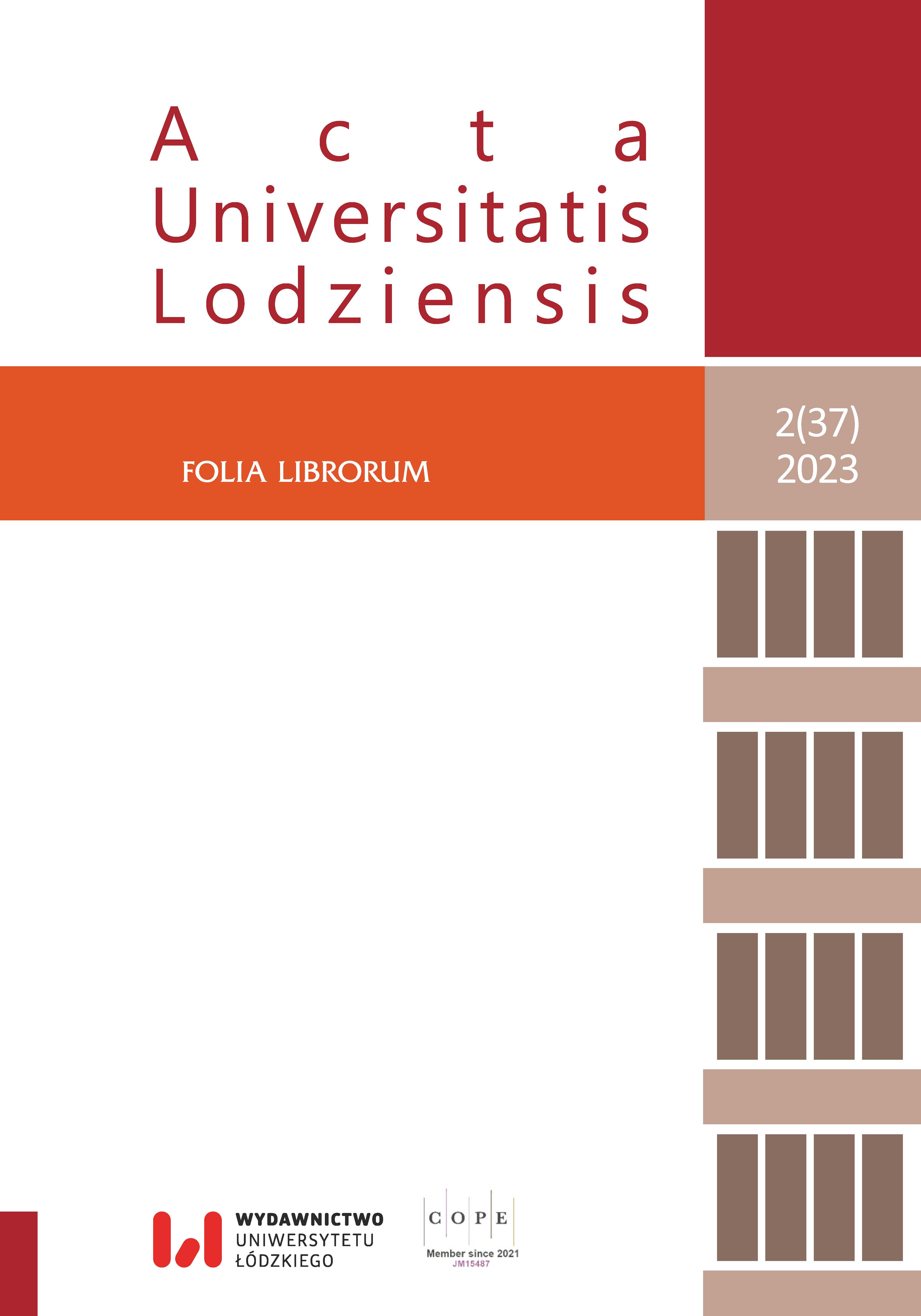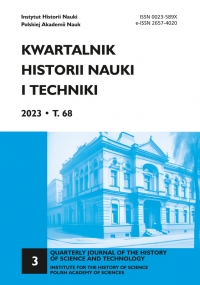Author(s): Boryana Yankova / Language(s): Bulgarian
Issue: 12-13/2021
This text provides an overview of the conceptual sources and essential works in Bulgarian bibliographical science in the period from the late 1930s of the 19th century until today, and the historical studies of the book, which began to stand apart as an independent scientific discipline with the set of tools of social studies. A study is made of the stages of institutionalization of bibliographical research, mostly within the Bibliographic Institute, the creation of a separate specialty within the university structure and the debates on the status of the librarian job. The development of classical and contemporary librarianship sectors, such as scientific and specialized bibliography, local history, international bibliography, historical, analytical bibliography and scientific information is presented. Among the persons with the greatest contribution to the development of bibliographical science throughout different periods, mentioned in the article,are Alexander Teodorov-Balan, Nikola Mihov, Todor Borov. The historical outline is made with the works of Marin Drinov, Stiliyan Kutinchev, Petar Atanassov, etc., on the first print centers and the dissemination of their products. The need for a common terminology framework, a definition of the “book” concept, scientific field limits, segments of the “life cycle” of the book and continuity between handwritten and printed tradition, is among the interests of a new wave of scientists, like Ivan Dujchev, DochoLekov, Petar-Emil Mitev, etc., whose research is in the field of cultural history and sociology. The first systematization of these problems was the work ofAni Gergova in her Book History in Bulgaria (1987), while the „Book History“ discipline was introduced by Krassimira Daskalova in Literacy, Books, Readers and Reading in Bulgaria on the Road to Modernity (19th – early 20th C) (1999), in which the Western science methodology was applied for the first time.
More...


